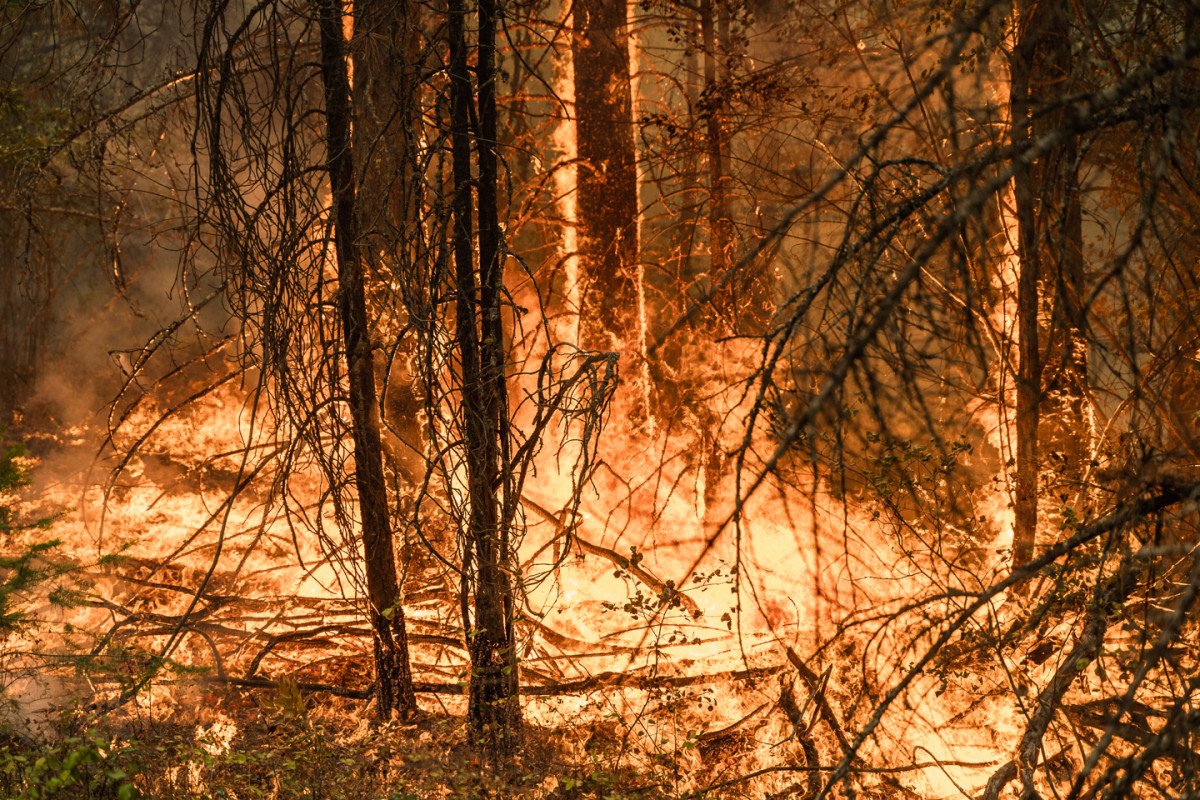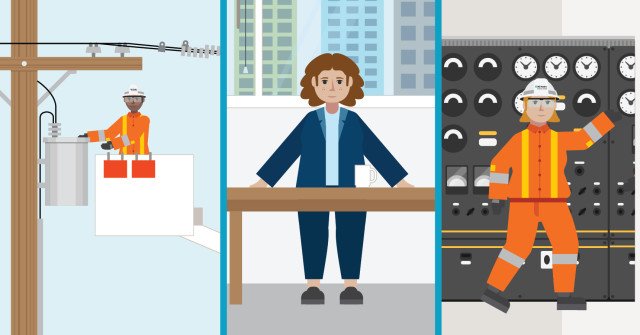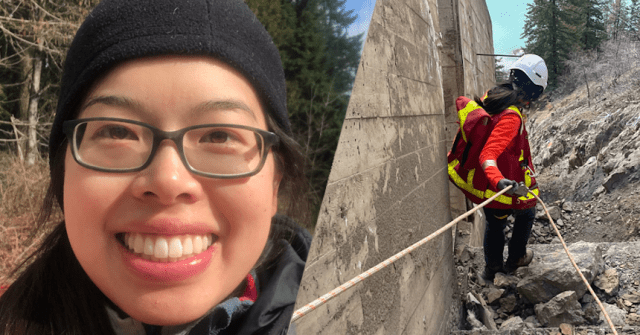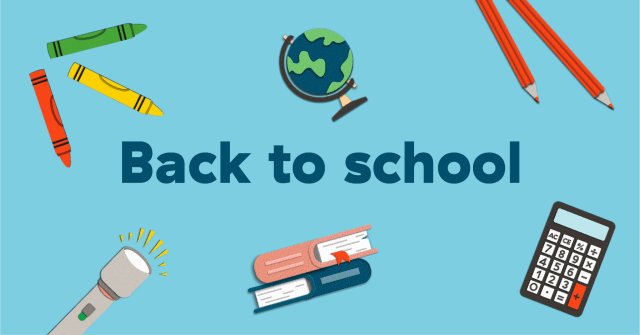Every year, we see growing evidence of climate change all around us. In 2021, B.C. experienced more than its fair share of extreme weather, including record-setting heatwaves, floods, and wildfires.
Before the heat dome that produced several days of the highest temperatures in Canadian history, scientists were already making connections between climate change and the latest extreme weather phenomenon. They noted that while it can be difficult to pin local events to global climate change, the trends are unmistakable: as temperatures rise, weather patterns stray further from historical norms.
In many cases, these extreme weather events exacerbate other climate impacts and contribute to the recurrence of such phenomena. This is particularly worrying for British Columbians because our province is prone to wildfires.
Wildfires don’t just threaten property, natural resources, and human lives, they also affect air quality, increase local temperatures, release vast amounts of carbon (stored naturally in trees and other plant life), and kill off vegetation capable of filtering future emissions out of the air. All of this reinforces climate change and its associated impacts.
Last year was one of the most active and devastating wildfire seasons in recent memory. Unfortunately, the frequency and severity of wildfires is predicted to get worse before it gets better. If our collective experience has taught us anything, it’s that we need to be better prepared and more resilient.
The good news is, everyone—even grade-level students—can play a role in creating a more resilient province. That’s why at FireSmart we believe it’s critical for younger generations to start learning about wildfire preparedness today.
How wildfire fires affect power lines
Last year’s wildfire season resulted in thousands of Evacuation Orders and Alerts and caused extensive damage to homes and businesses. Key infrastructure was also damaged by the fire, including BC Hydro power poles and lines, disconnecting many communities from electricity.
Those who had homes to return to were left in the dark with no electricity connected to their properties. Crews from all over the province were dispatched to remove dangerous trees, as well as repair and replace BC Hydro infrastructure before the power in communities can be restored .
This year is expected to be no different, so people should be prepared for possible service interruptions due to wildfires.
People should have a preparedness plan and emergency kit ready with things like a flashlight and ready-to-eat non-perishable foods. For those returning home after an extended power outage, avoid turning on numerous electronics and appliances all at once to ensure your electrical system has a chance to stabilise. Reset all clocks, automatic timers, and alarms, and restock any supplies that you used in your emergency kit.
Lastly, make sure you check the Canadian Food Inspection Agency’s guidelines for information on how to handle refrigerated and frozen food after an extended outage.
How FireSmart fights wildfires
FireSmart BC offers a long list of proven methods that empower people to protect themselves, their properties, and their neighbourhoods.
Everything about FireSmart is aimed at reducing the impacts of wildfires, but we believe the best way to do that is by spreading prevention awareness to adults and students alike.
At stake are lives, livelihoods, properties, and, in some cases, the future of whole communities. So we’re doing all that we can to educate and convince people to take sensible steps to protect themselves and others.
Research shows that people of all ages—not just children—absorb and retain knowledge better when the delivery includes engaging visual aids, like mascots (generations of Canadians are familiar with the U.S. Forest Service’s “Smokey Bear”).
That’s why we designed Ember the FireSmart Fox. Ember articulates a much more sophisticated approach than Smokey’s old mantra, “Only YOU can prevent forest fires.” That simple message of individual responsibility was effective at generating a basic level of awareness, but these days our knowledge of wildfires—how they spread and the role they play in nature—is far more extensive. Decades of observation and study have taught us how to prevent, fight, and manage wildfires, as well as how good habits and advance preparation are critical to preserving lives and property.
Ember puts a cute and cuddly—but also alert and adaptable—face on FireSmart’s messages of awareness and resilience, reminding people of the steps they can take to protect themselves and their neighbours. Ember is out in the wild right now, and we hope she finds her way into wildfire resilient homes and classrooms across B.C.
You can visit FireSmart BC for the latest scientifically-backed tips and resources on how to FireSmart your property, neighbourhood, and community ahead of this year’s wildfire season.
In the meantime, here are five ways you can help prevent wildfires this summer:
- Always obey campfire bans. And when campfires are allowed, never leave a campfire unattended
- Never discard cigarettes or matches into vegetation (including bark mulch)
- Be aware of fire activity in your area and observe all activity restrictions and campfire bans
- Create fuel-free or low-combustible zones around your house (for example, never store wood piles beside a building)
- Report wildfires to the BC Wildfire Service or your local fire department (911)
How students can help fight wildfires
It’s natural for children to feel powerless in the face of wildfires. But the truth is, small tasks, common chores, and a little elbow grease can make a big difference. So we brought the lessons we’ve learned to the classroom with a series of activities that help students learn about wildfire prevention. But first, here are some things they can do outside of school this summer:
At Ember’s Den, students can hear her story and see how she helps the people in her community stay FireSmart. Students can take the FireSmart Kid’s Home Assessment with parents to see how at risk their home would be during a wildfire. There’s also a FireSmart Word Search, Matching Game, and an Ember Colouring Book, all designed to teach kids the FireSmart basics.
- Download the FireSmart BC Library Program
The FireSmart BC Library Program is the first children’s literacy program dedicated to wildfire resiliency. It was designed to help children understand what it means to live with wildfires and the role they can play in mitigating the impacts of wildfires on their home and community.
This program includes both digital and physical resources, like materials for a colouring content, Ember activity packages, and Wildfire Resiliency Literacy Kits (a collection of books and activities that explore the topic of wildfire preparedness and resiliency, as well as a bookmark and Storytime videos featuring Ember).
- Encourage families to do their part
Using the tips to FireSmart your home, students can help parents decrease the risk of wildfire on their property. The best part is, it’s surprisingly easy to do.
- Be prepared if you encounter a downed or damaged power line
If you see a downed or damaged power line, it’s an emergency. Stay back and call 911 right away. Just remember three simple words: Down. Danger. Dial.
Here’s a few tips that students can use this summer to FireSmart their own homes:
- Move firewood 10 metres from your home.
- Keep the gutters on the edge of the roof clean.
- Keep grass shorter than 10 centimetres.
- Prune tree branches within 2 metres of the ground.
- Use plants that won’t catch fire easily.
- Keep your yard free of branches, leaves and other things that can burn.
- Remove branches that hang over the roof.
Wildfire education resources for BC teachers
Similar to BC Hydro's PowerSmart for Schools program, the FireSmart BC Education Package is an all-in-one teaching resource for grades K-12, which gives teachers the tools they need to present a unified FireSmart message throughout the province.
The FireSmart BC Education Packages are currently being redesigned to align with the BC school curriculum and to ensure they are easily accessible and user-friendly for students.
The materials for each age group will include an easy-to follow lesson plan and detailed instructions for carrying out the learning activities. So, mark your calendars—the grade K-7 kits will be available to access in Spring 2023! The kits for grades 8 - 12 will be available the following school year.
In the meantime, consider introducing FireSmart in your classroom and begin thinking about how you might integrate our new and improved education packages into next year’s curriculum. In doing so, we can not only help reduce the impacts of wildfires, but will also give young kids the practical tools needed to take care of their homes, their communities, and the environment for generations to come.
Power Smart for Schools Resources
Staying safe around a fallen power line (grades 2,3)
Students start by thinking about all the potentially dangerous situations around them. Then a video explains what to do if they see a fallen or damaged power line and how to stay back at least 10 metres by physically measuring it out.
Downed power line demo (grades 4-7)
This activity also introduces what to do if you see a downed power line - but for older students. They’ll measure out 10 metres, learn the phrase "Down. Danger. Dial." and practice the safety shuffle, the safest way to get to a safe distance away from a fallen or damaged power line.
Think ahead… Electrical safety (grades 5-7)
Students begin by spotting potential electrical hazards on one of four illustrated posters that form one big scene. Then they’ll make action plans for avoiding some of the hazards they’ve identified and review what they’ve learned with the accompanying worksheet.
Be safe around electricity (grades 2,3)
Inspired by a slideshow highlighting a range of electrical hazards, students each create a safety poster that draws attention to one of the hazards, along with a safety message for avoiding it.
We also have two helpful infographics that cover safety information around fallen power lines:
Check out our Electrical Safety Hub, where you’ll find various safety resources for your classroom.

FireSmart, Intelli-feu and other associated Marks are trademarks of the Canadian Interagency Forest Fire Centre.







